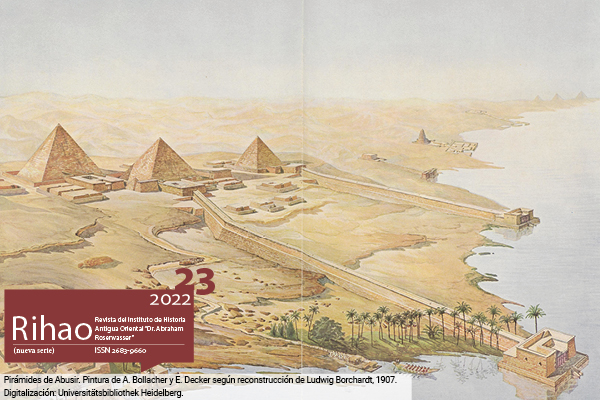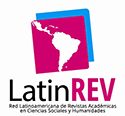El Peopling of the southern Levant from Late Prehistory to the Early Bronze Age: an interdisciplinary reconstruction essay
Keywords:
prehistory, peopling, Southern Levant, Transcaucasus
Abstract
The peopling of the southern Levant is a permanent subject of debate. The different approaches to this problem have an impact on contemporary politics, since the evidence on migrations, conquests and ancient kingdoms are commonly used to legitimise current claims to lands and monuments. However, this view tends to leave aside the problem of the original human settlement on this region, an issue that we consider should be placed before any other inquiry on this issue, since it lays the demographic foundations from which subsequent processes were developed. The objective of this article is to carry out, from a longue durée perspective, an introductory approach to the demographic processes that took place in the southern Levant between the Epipalaeolithic and the Early Bronze Age. In order to achieve this, we resort not only to the archaeological record, but also to physical anthropological research and genetic studies. In our view, it is possible to conjecturethe constitution of a proto-Mediterranean base that would only since the Chalcolithic have begun to show evidence of greater diversity, the result of new settlers coming from Anatolia, the Transcaucasus and Iran. Perhaps the second group would have provided the most significant influence, and this was reinforced during the Early Bronze Age by the expansion of the Kura- Araxes culture towards the Southern Levant, thus forming a Transcaucasian- Canaanite continuum over which another population component would later exert influence: that of the Western Semites (that is, the Amorrites).Downloads
Download data is not yet available.
Published
2022-12-16
How to Cite
Gandulla, B. (2022). El Peopling of the southern Levant from Late Prehistory to the Early Bronze Age: an interdisciplinary reconstruction essay. Revista Del Instituto De Historia Antigua Oriental ’Dr. Abraham Rosenvasser’, (23). https://doi.org/10.34096/rihao.n23.12310
Issue
Section
Comunicaciones breves





.jpg)







